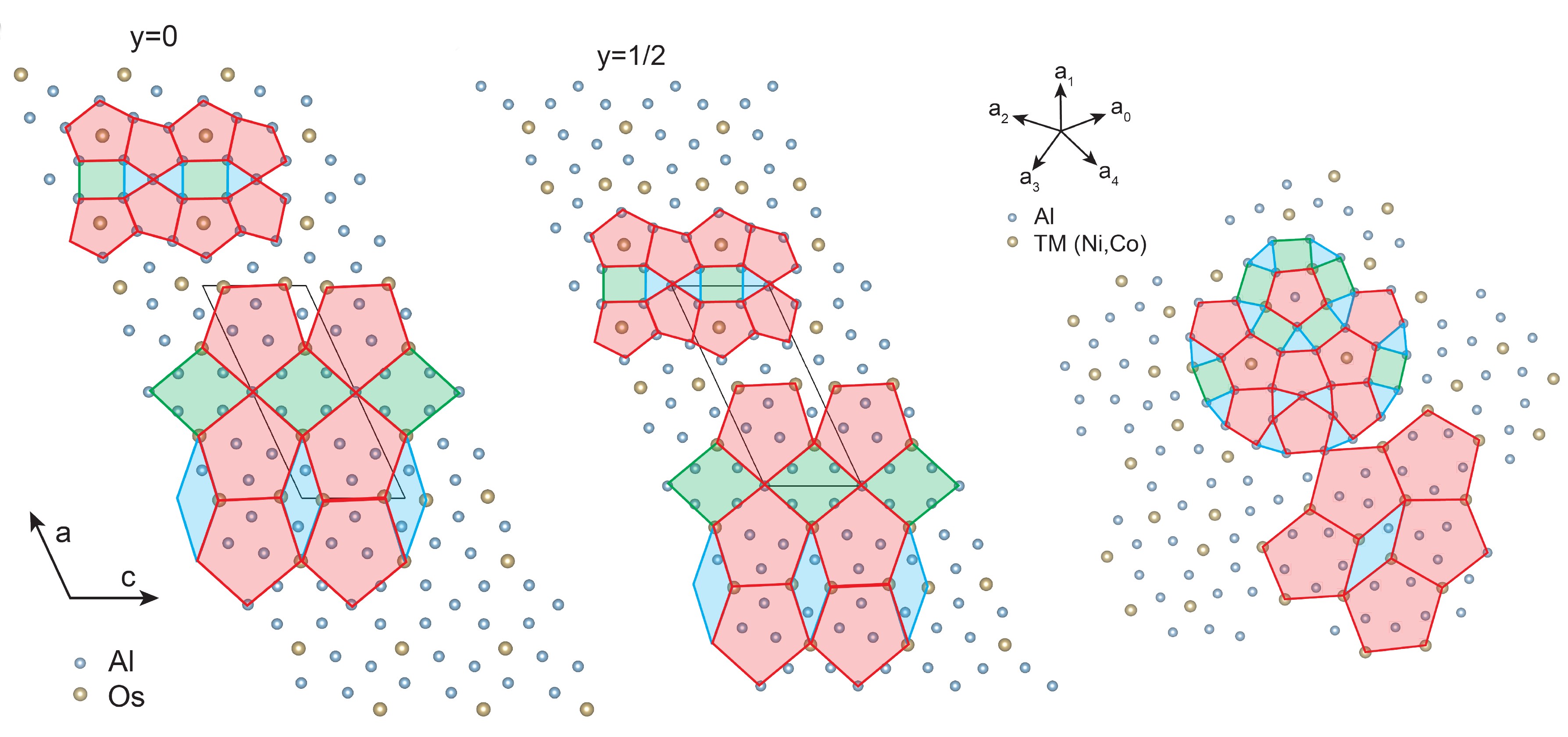New preprint announcement
First-principles evidence for conventional superconductivity in a quasicrystal approximant
We are pleased to announce the submission of our latest preprint to arXiv, titled First-principles evidence for conventional superconductivity in a quasicrystal approximant.
Quasicrystals present one of the most intriguing puzzles in condensed matter physics: they exhibit long-range order without translational symmetry—a regime where the very foundations of BCS theory are not straightforwardly applicable. Yet experiments on quasicrystals and their approximant crystals consistently point to conventional, s-wave, electron-phonon coupled superconductivity. How can this be?
In this work, we directly address this seeming contradiction from first principles. Using state-of-the-art ab initio methods, we compute the superconducting properties of the recently discovered approximant crystal Al13Os4 and quantitatively reproduce its bulk Tc. This represents, to our knowledge, the first ab initio determination of Tc for an approximant crystal—establishing that the electron-phonon framework remains predictive even in these exotic structural regimes.
But we didn’t stop at validation. Using the generalized quasichemical approximation for alloy modeling in the decagonal Al-Os family, we predict tunable superconductivity in Al13Os4-xRex and Al13Os4-xIrx. Most excitingly, we find that Al13Re4 is dynamically stable and estimated to have a Tc approximately 30% higher than Al13Os4.
Perhaps most importantly, we argue that the Tc obtained for approximant crystals provides practical bounds for the Tc of their parent quasicrystals. This suggests that the quasicrystalline counterparts of Al13Os4 and Al13Re4 could harbor the highest Tc among quasicrystals discovered to date—opening a new frontier in the search for unconventional superconductors in aperiodic systems.
This work bridges fundamental theory with materials prediction, demonstrating that conventional superconductivity theory extends its reach even into the remarkable world of quasicrystals. We’re excited to hear the community’s thoughts!
Check out the preprint arXiv:2511.09224.
